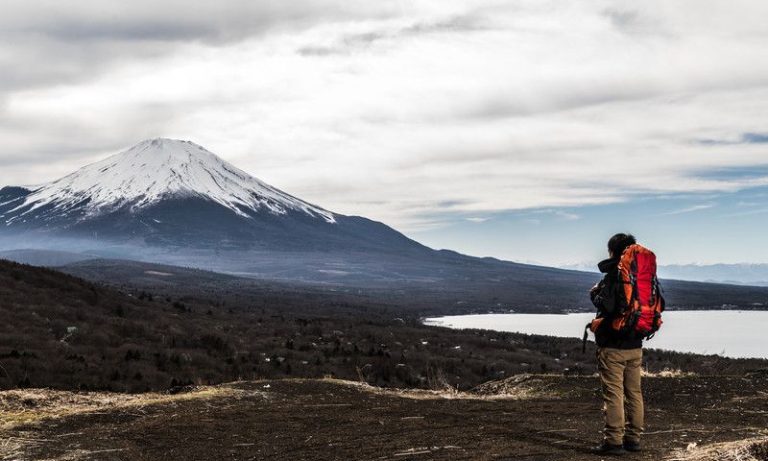Pinkpointing: A Complete Guide
Pinkpointing is a climbing term that refers to a specific style of climbing. It involves climbing a route with the aid of pre-placed gear, but without falling or weighting the gear. Pinkpointing is an advanced technique that requires skill and experience, and it is a popular technique among climbers looking to push their limits. In this article, we’ll explore everything you need to know about pinkpointing, including its history, how to do it, and the equipment you need.
What is Pinkpointing?
Pinkpointing is a technique in climbing that involves pre-placed gear and climbing a route without weighting or falling on the gear. It’s a step beyond redpointing, which involves pre-placed gear but allows for falls and weight on the gear. The term “pinkpointing” comes from the pink-colored rope that is often used in the process of pre-placing gear. Pinkpointing is a popular technique among experienced climbers who are looking to challenge themselves and push their limits.
The History of Pinkpointing
Pinkpointing has its roots in the world of sport climbing, which emerged in the 1980s as a distinct discipline within the broader sport of rock climbing. Sport climbing is characterized by the use of pre-placed bolts for protection, and it has allowed climbers to attempt and complete routes that were previously considered impossible. As the sport evolved, climbers began to experiment with different techniques, and pinkpointing emerged as one of the most challenging and rewarding techniques.
How to Pinkpoint
Pinkpointing requires a combination of skill, experience, and the right equipment. Here are the basic steps you need to follow:
- Choose a suitable route: Look for a route that is within your skill level and has pre-placed gear.
- Inspect the gear: Inspect the pre-placed gear to ensure that it is secure and safe.
- Climb the route: Climb the route without weighting or falling on the gear. If you do fall or weight the gear, start again from the beginning.
- Remove the gear: Once you’ve completed the climb, remove the pre-placed gear.
- Celebrate: Congratulations, you’ve successfully pinkpointed a route!
The Equipment You Need
To pinkpoint a route, you need the right equipment. Here’s what you’ll need:
- Climbing shoes: A good pair of climbing shoes will give you the grip and support you need to climb the route.
- Climbing rope: A climbing rope is essential for your safety and the safety of your climbing partner.
- Quickdraws: Quickdraws are used to connect the rope to the pre-placed bolts on the route.
- Harness: A harness is used to attach the rope to your body.
- Helmet: A helmet is essential for protecting your head from falls and falling debris.
- Chalk bag: A chalk bag is used to keep your hands dry and improve your grip on the holds.
Tips for Pinkpointing
Here are some tips to help you get started with pinkpointing:
- Start small: Choose an easy route to begin with and work your way up to more challenging routes.
- Practice falling: Falling is an inevitable part of climbing, so practice falling safely and learn how to minimize the impact.
- Train your endurance: Pinkpointing requires stamina and endurance, so focus on building your endurance through regular training.
- Use proper technique: Proper technique is essential for efficient climbing and minimizing the risk of injury.
Conclusion
Pinkpointing is a challenging and rewarding technique in climbing that requires skill, experience, and the right equipment. By following the steps outlined in this article, you can get started with by following the steps outlined in this article, you can get started with pinkpointing and explore new levels of difficulty and achievement in your climbing pursuits. Remember to always prioritize safety and proper technique, and to start with routes that are within your skill level before working your way up to more challenging climbs.
FAQs
- Is pinkpointing safe?
Pinkpointing can be safe if proper safety measures are followed, such as inspecting pre-placed gear and using proper technique. However, as with all climbing, there is always a risk of injury or accidents. Always prioritize safety and climb with a partner.
- How is pinkpointing different from redpointing?
Pinkpointing involves climbing a route without weighting or falling on pre-placed gear, while redpointing allows for falls and weight on the gear. Pinkpointing is generally considered more challenging than redpointing.
- What is the difference between pinkpointing and onsight climbing?
Onsight climbing involves climbing a route without any prior knowledge or beta, while pinkpointing involves pre-placed gear. Onsight climbing is generally considered the most challenging style of climbing.
- Do I need special equipment for pinkpointing?
You will need standard climbing equipment, such as a harness, climbing rope, quickdraws, climbing shoes, and a helmet. However, using a pink-colored rope for pre-placing gear is common in pinkpointing.
- What are some good routes for practicing pinkpointing?
Start with easier routes that are within your skill level and have pre-placed gear. As you gain experience and confidence, you can work your way up to more challenging routes. Consult with local climbing guides or climbers to find suitable routes in your area.





